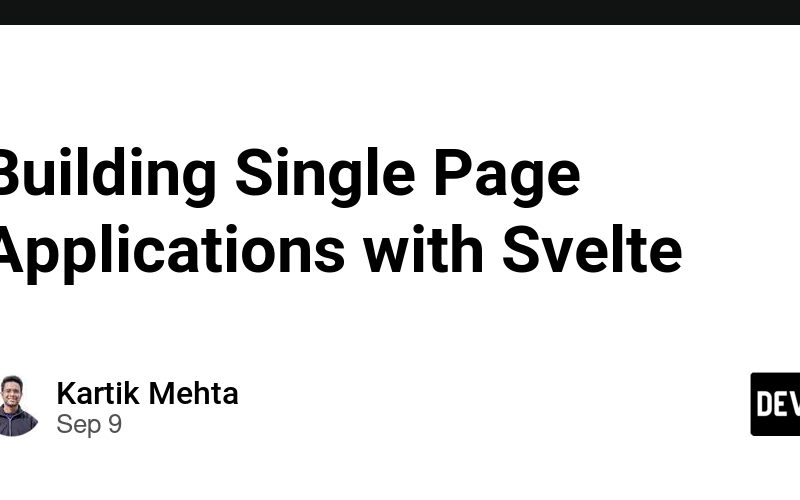Introduction:
Single Page Applications, or SPAs, are a popular type of web application that has gained traction in recent years. They are known for their seamless user experience and fast performance, making them a preferred choice for many developers. While there are various frameworks and libraries available for building SPAs, Svelte is a relatively new but powerful contender in this space. In this article, we will explore the advantages and disadvantages of building Single Page Applications with Svelte.
Advantages:
One of the biggest advantages of Svelte is its lightweight nature. Unlike other frameworks like React or Angular, Svelte does not require a virtual DOM, leading to faster performance and smaller bundle sizes. Additionally, Svelte also simplifies the coding process by using reactive declarations, which makes it easier to write and maintain code.
Features:
Svelte also offers some unique features that make it stand out from other frameworks. One of these is the built-in state management system, which eliminates the need for external libraries like Redux. Svelte also has a built-in animation library, making it effortless to add animation and transitions to your SPA.
Disadvantages:
One of the main disadvantages of using Svelte is its relatively smaller community compared to other frameworks. This can make it challenging to find resources and support when needed. Additionally, as it is a relatively new tool, it may not have as many third-party packages available compared to other frameworks.
Conclusion:
Overall, Svelte is a promising tool for building Single Page Applications with its lightweight and performant nature, along with its unique features. However, it is essential to consider the disadvantages, such as a smaller community and limited third-party packages, before choosing to use Svelte for your project. Nevertheless, with its growing popularity and continuous development, Svelte is definitely worth considering as a framework for your next Single Page Application.
Source link
lol

